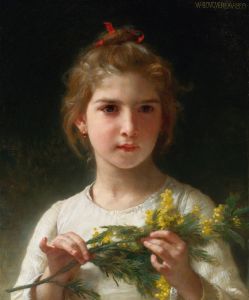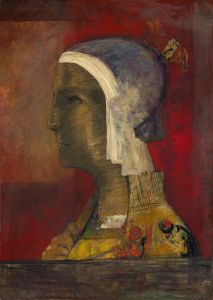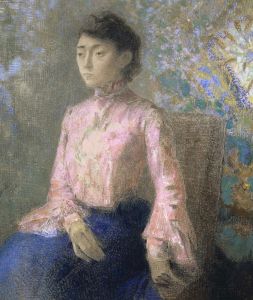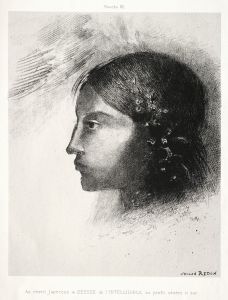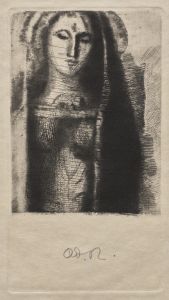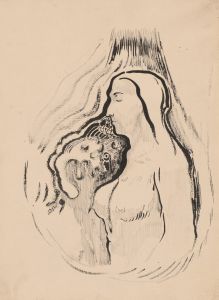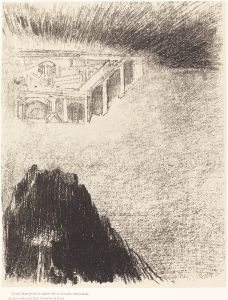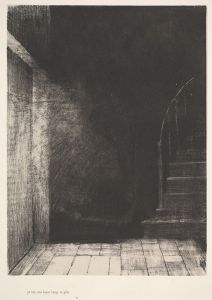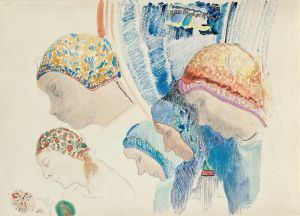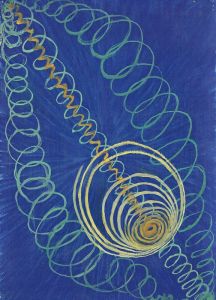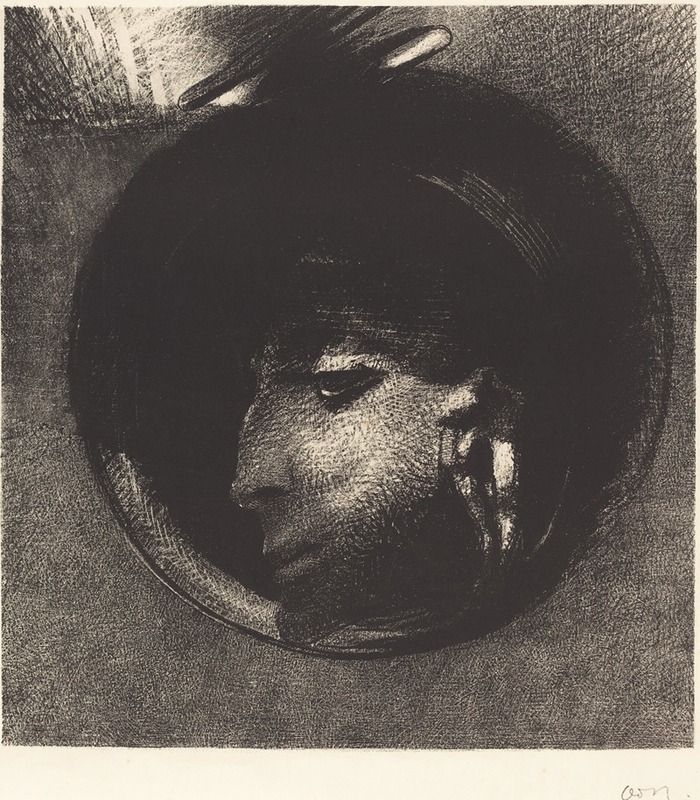
Cellule Auriculaire
A hand-painted replica of Odilon Redon’s masterpiece Cellule Auriculaire, meticulously crafted by professional artists to capture the true essence of the original. Each piece is created with museum-quality canvas and rare mineral pigments, carefully painted by experienced artists with delicate brushstrokes and rich, layered colors to perfectly recreate the texture of the original artwork. Unlike machine-printed reproductions, this hand-painted version brings the painting to life, infused with the artist’s emotions and skill in every stroke. Whether for personal collection or home decoration, it instantly elevates the artistic atmosphere of any space.
Odilon Redon was a French symbolist painter, known for his unique and imaginative works that often explored themes of dreams, fantasy, and the subconscious. One of his lesser-known works is "Cellule Auriculaire," which translates to "Auricular Cell." This piece is part of Redon's broader oeuvre that frequently delves into the mysterious and the surreal.
Redon was born in Bordeaux, France, in 1840, and he developed an interest in art at a young age. He studied under Jean-Léon Gérôme and later with Rodolphe Bresdin, who introduced him to etching and lithography. Redon's early works were primarily charcoal drawings and lithographs, often referred to as his "noirs," which depicted fantastical and often macabre subjects. These works laid the foundation for his later, more colorful paintings and pastels.
"Cellule Auriculaire" is a product of Redon's fascination with the unseen and the inner workings of the mind. While specific details about this particular piece are scarce, it is consistent with Redon's style during the period when he was transitioning from his monochromatic "noirs" to more vibrant and colorful works. This transition marked a significant evolution in his artistic approach, as he began to incorporate more color and explore themes of nature, mythology, and spirituality.
Redon's work is often associated with the Symbolist movement, which emerged in the late 19th century as a reaction against the naturalism and realism that dominated the art world at the time. Symbolists sought to express the emotional and spiritual experiences of the human psyche, often using metaphorical and dreamlike imagery. Redon's art, including "Cellule Auriculaire," embodies these principles, as he frequently depicted otherworldly scenes that invite viewers to explore their own imaginations and subconscious thoughts.
Throughout his career, Redon was influenced by a variety of sources, including literature, music, and science. He was particularly inspired by the writings of Edgar Allan Poe and Charles Baudelaire, both of whom explored themes of mystery and the macabre. Additionally, Redon's interest in science, particularly biology and the natural world, is evident in many of his works, which often feature fantastical creatures and plant forms.
"Cellule Auriculaire" likely reflects Redon's interest in the intersection of art and science, as well as his fascination with the inner workings of the mind. While the specific imagery and symbolism of this piece are not well-documented, it can be understood within the broader context of Redon's exploration of the unseen and the mysterious.
Odilon Redon's work, including "Cellule Auriculaire," continues to captivate audiences with its imaginative and dreamlike qualities. His ability to blend elements of fantasy, science, and spirituality has earned him a lasting place in the history of art, and his influence can be seen in the works of later artists who sought to explore the depths of the human psyche through their art.





